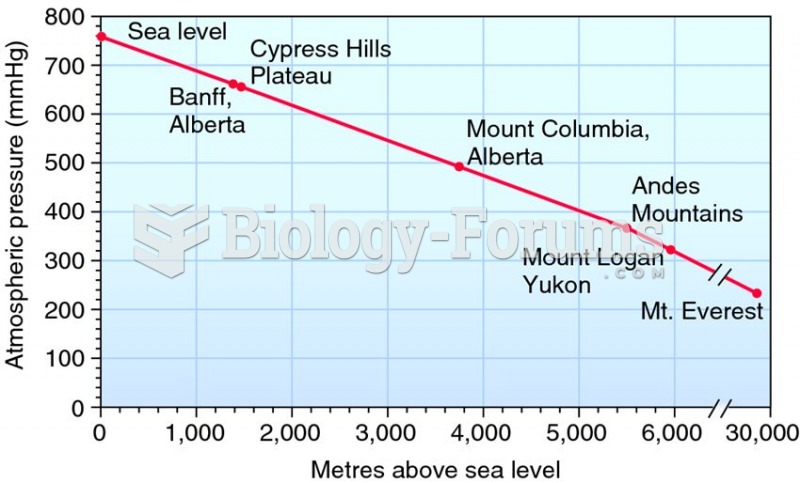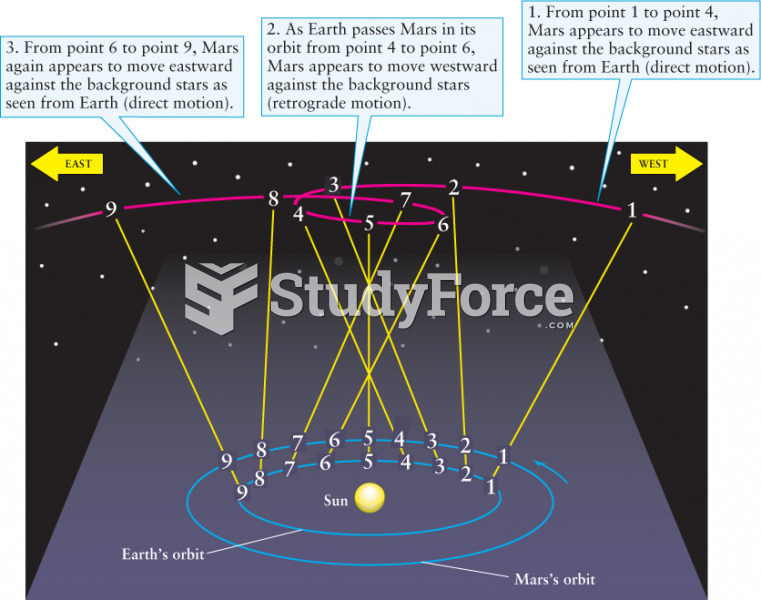Answer to Question 1
ANSWER: The atmospheric scales of motion are divided into four categories - the microscale, mesoscale, synoptic scale, and planetary (global) scale or macroscale.
Microscale circulations have diameters of a few meters or less. They form by convection or by the wind blowing past obstructions and are usually short-lived, lasting only a few minutes at best. They are only capable of dispersing smoke, swaying branches and swirling dust and papers into the air.
The next larger scale is the mesoscale (meaning middle scale). Typical mesoscale circulations range from a few kilometers to about a hundred kilometers in diameter. Generally, they last longer than microscale motions, often many minutes, hours, or in some cases as long as a day. Mesoscale circulations include local winds (which form along shorelines and mountains), as well as thunderstorms, tornadoes, and small tropical cyclones.
The synoptic scale, or weather-map scale describes circulations around high- and low-pressure areas. Circulations of this magnitude dominate regions of hundreds to even thousands of square kilometers and, although the life spans of these features vary, they typically last for days and sometimes weeks. These include large hurricanes and typhoons as well as the frequent midlatitude storm systems that bring rain, snow, and wind.
The largest wind patterns are seen at the planetary (global) scale. Here, we have wind patterns ranging over the entire earth. Sometimes, the synoptic and global scales are combined and referred to as the macroscale.
On the synoptic scale the duration of a wind system can be variable, but in general, the size and duration of the wind system are related to the scale of motion.
Answer to Question 2
ANSWER: Both mountain and valley breezes develop along mountain slopes. During the day, sunlight warms the valley walls, which in turn warm the air in contact with them. The heated air, being less dense than the air of the same altitude above the valley, rises as a gentle upslope wind known as a valley breeze. At night, the flow reverses. The mountain slopes cool quickly, chilling the air in contact with them. The cooler, more-dense air glides downslope into the valley, providing a mountain breeze. Typically, the downslope mountain breeze reaches its peak intensity in the early morning hours, usually just before sunrise. Hence, it can be assumed that the camp is located above you.







